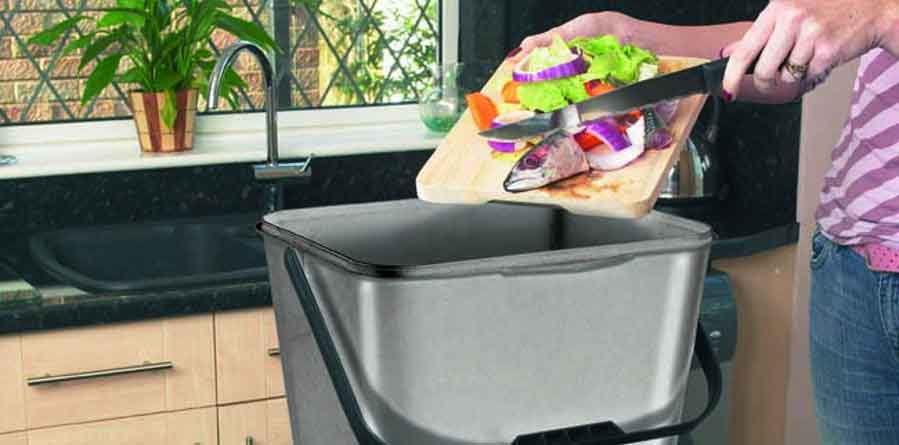Introduction
What we eat makes an enormous difference to our carbon footprint but if we all followed the recommendations of the government’s Eatwell Guide we’d each have a much lower environmental impact and be healthier!
Why

According to a study by Oxford University, food production accounts for a quarter of all greenhouse gases and meat and other animal products are responsible for 58% of those, despite providing only a fifth of the calories we eat and drink. Eating less meat – especially beef and lamb – is one of the most effective ways to reduce numerous environmental impacts, including:
- Deforestation to clear land for cattle grazing
- Methane production by ruminants
- Biodiversity impacts of large-scale monoculture to provide animal feed
Eating more plants and less meat is good for your health. Processed and red meat is linked to heart disease, bowel cancer and other illnesses.
How?
If you don’t want to cut out meat entirely, try having one or two meat-free days each week. With the money you save, you could spend a little more on better quality local meat and dairy products which won’t be contributing to biodiversity loss in places like the Amazon rainforest.
Many shops now stock a wide range of plant-based milk alternatives. Oat milk is widely considered to have the lowest environmental impact.











